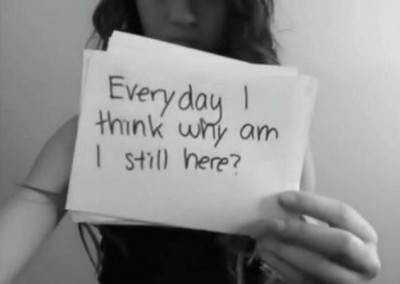There’s a story we’ve all been told. It goes like this:
A person suffers a traumatic injury, usually a minor one, like bumping their head or crunching their fender in traffic. Afterwards, they appear fine, without deficits or any great pain. Ambulance and hospital personnel are unimpressed. But all of a sudden, our seemingly-well patient makes some slight movement — maybe he turns his head — and instantly collapses to the floor, unable to move. He is paralyzed forever, and it’s all because of the unstable spinal injury that you missed.
You heard this cautionary fable in EMT or paramedic class. They tell it in medical school, in the emergency department, and on the trauma wards. It goes back decades. And it makes sense, right? Even a layperson would agree that if the structure of the spine is damaged, the cord it protects will become vulnerable, just like how you’re not supposed to poke the soft spot on a baby’s head.
In fear of this event, we go to great lengths to prevent it. We wrap collars around our patients’ necks, we tie them onto boards, we strap and tape and secure. If their spine can’t protect the cord, by golly we’ll protect it instead, at least until somebody definitively proves that there’s no injury. Which there usually isn’t. But still.
Here’s the trouble: practically nobody has actually seen this phenomenon of mechanical instability occur. For real; the next time somebody mentions it, ask if it’s happened to them. No, they’ll say; but my partner’s cousin’s babysitter saw it a few years back. And if you bother to track that person down, invariably you find that the case either never occurred or has become terribly dramatized through the telling. Steve Whitehead calls it the “Sasquatch event.”
So does this happen at all? After all, many things in medicine that make sense aren’t real. Indeed, doubt has grown lately as to whether our spinal immobilization precautions are effective, and we’ve become more aware of the harms associated with them; as a result, backboards have become increasingly vilified in recent years, and “selective immobilization” algorithms have been accepted in some areas. But there’s been less attention to the question of whether the disease itself is real or a myth, and I wanted to know.
So we went and looked. With the help of four folks smarter than me — Domenic Corey, NREMT-P; James Oswald, B.Emerg Health (Paramedic); Derek Sifford, FP-C; and Brooks Walsh, MD, NREMT-P — we canvassed the literature as far back as possible to dig up any actual, confirmed, peer-reviewed reports of this event. And we just published our findings in the journal Academic Emergency Medicine. Check it out. (And also check out the accompanying editorial by spine connoisseur Mark Hauswald, who you know from “that Malaysia study.”)
I won’t spoil the results, but let me put it this way:
- Despite looking across 50+ years, we found few examples.
- Most of them weren’t very impressive.
- Even fewer occurred in the EMS setting, and none of those were the classic, sudden event you’ve heard about.
So the next time your buddy mentions this unicorn, tell him you don’t doubt him, but that he should write it up for the journals — because it’ll be the first one, and that’s publishable.
This has been an exciting project for another reason. From start to finish, this paper was the child of two parents: the FOAM and EMS communities. Of my four co-authors, I knew three of them exclusively through the web, and have only met two, yet we share interests and passions enough to collaborate on a project that took us over a year. Moreover, every one of us is either an EMT or paramedic, most of us still working actively in the field (although in a few cases we’ve accumulated some other titles too). In fact, had this reached print a few months sooner, the fanciest initials of the lead author would be EMT-B, and that should tickle you.
So never let it be said that the nonsense in this profession is invincible, or that we can’t be the ones to exorcise it. We can fix our own problems, and if we spent more of our energy on moving forward rather than complaining, it just might happen sooner than you think.


Recent Comments